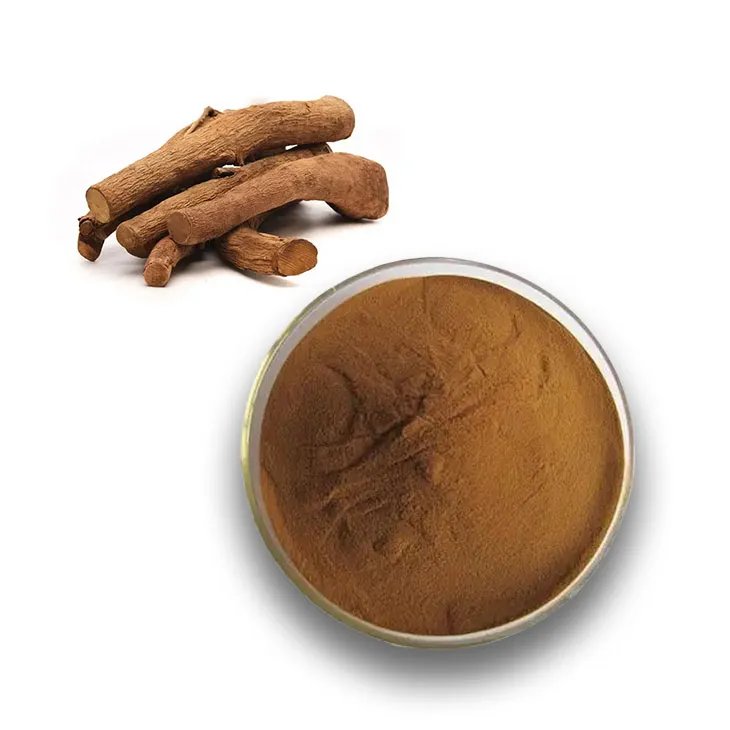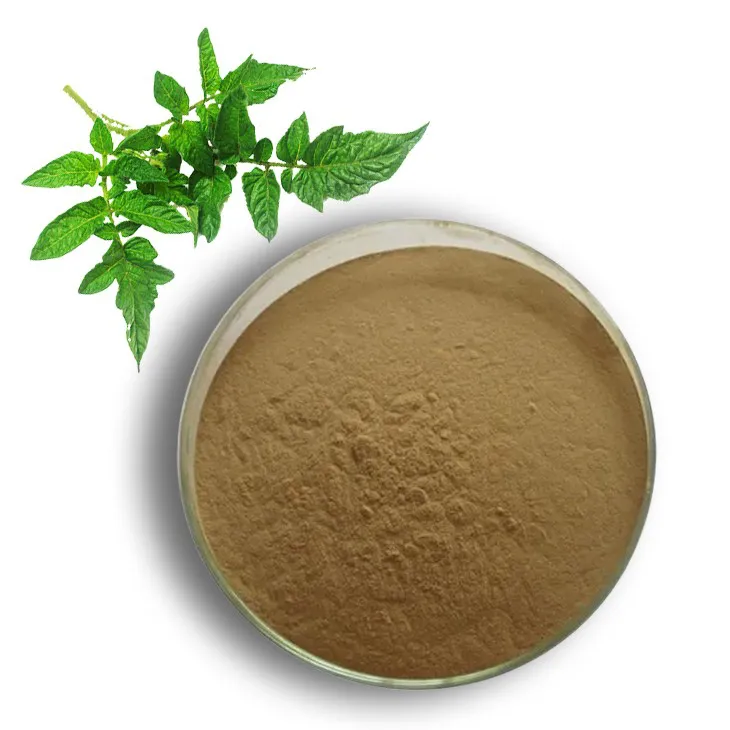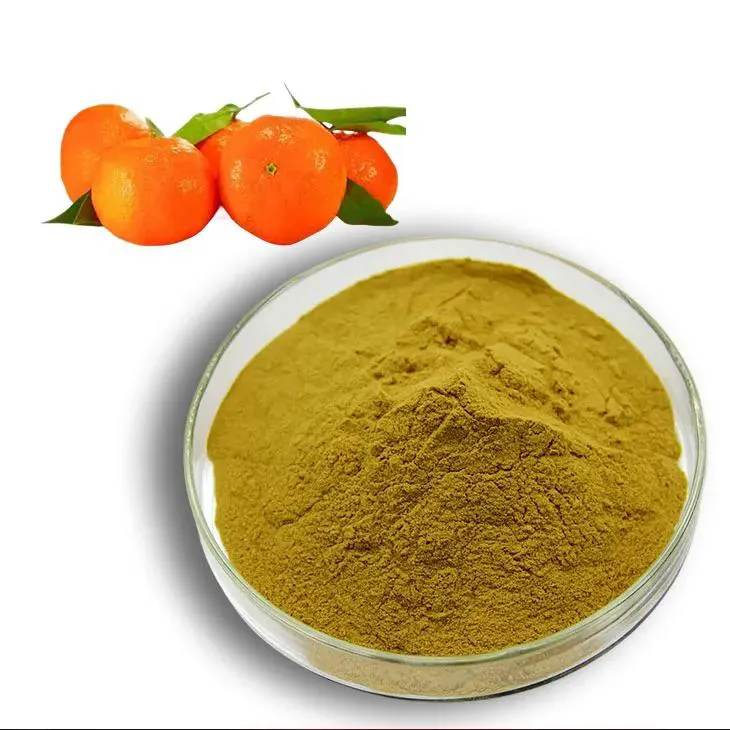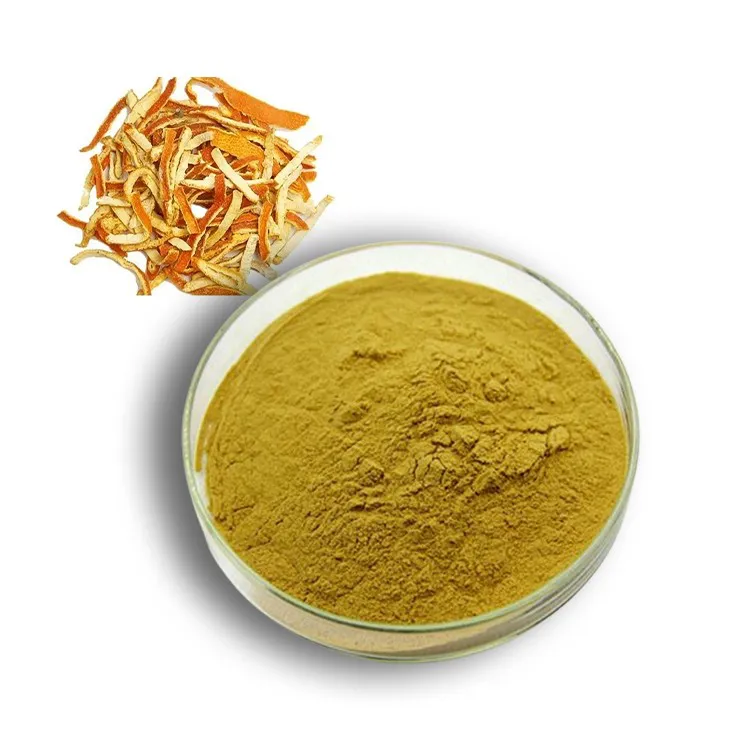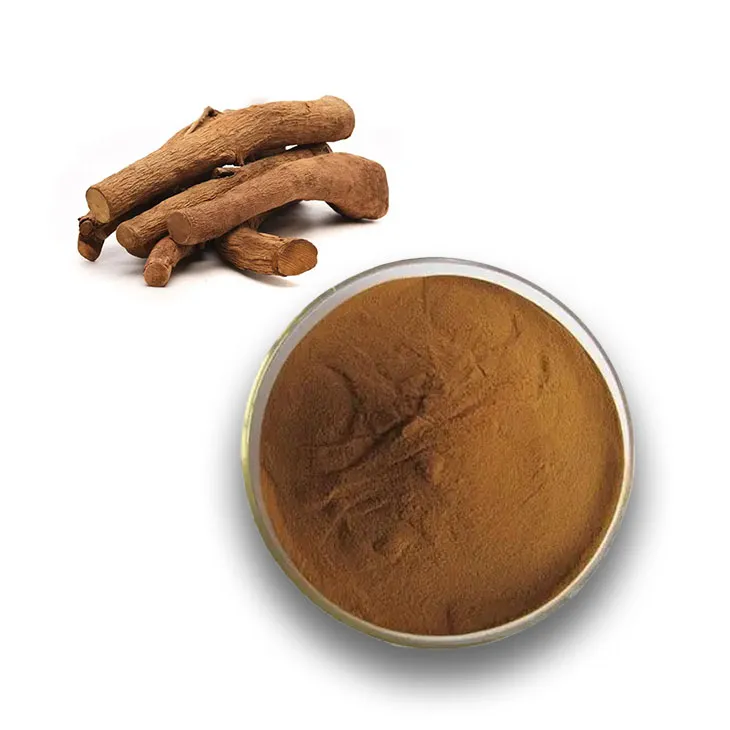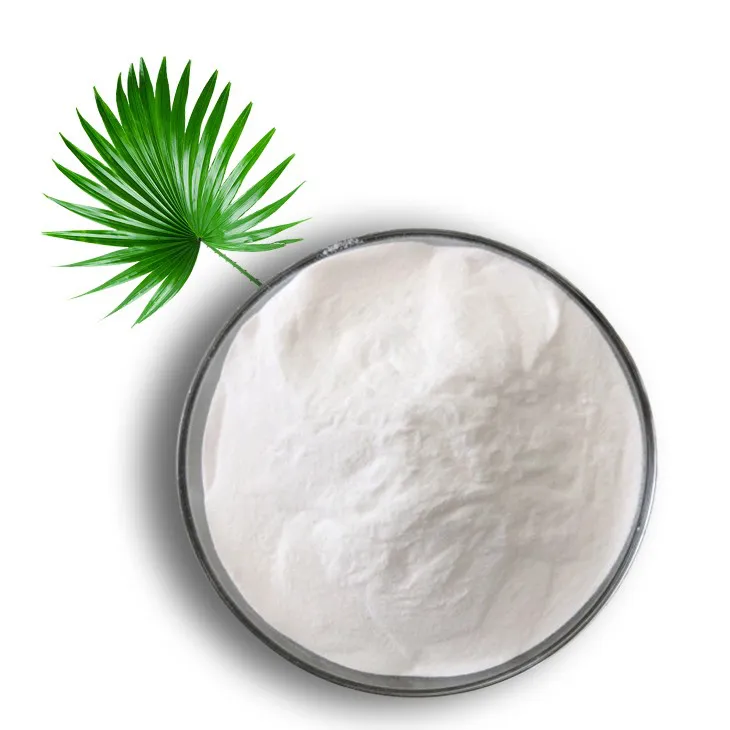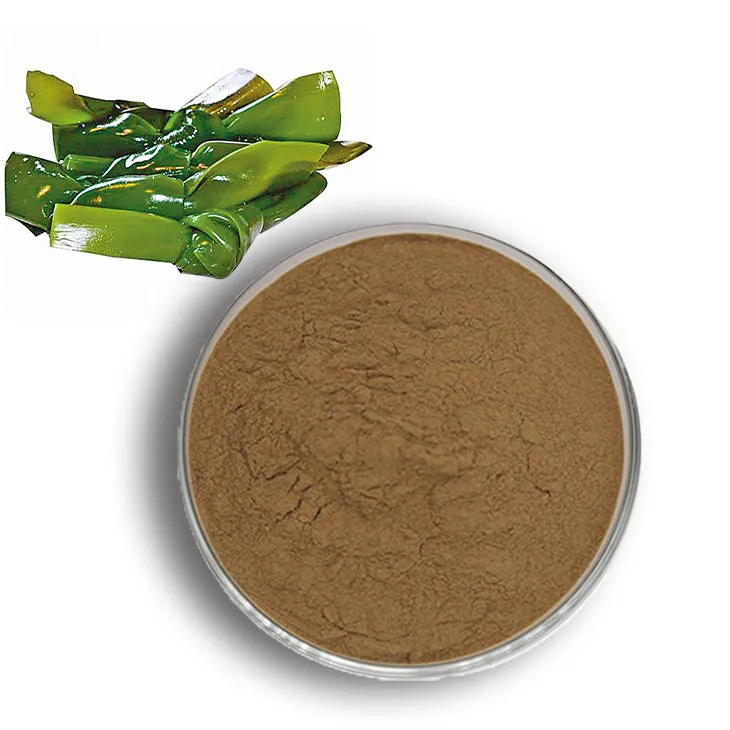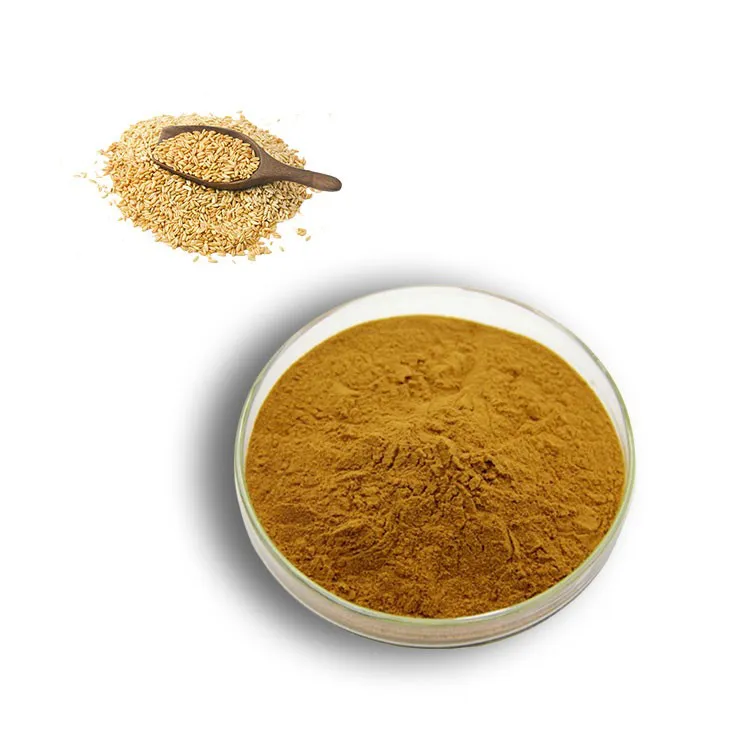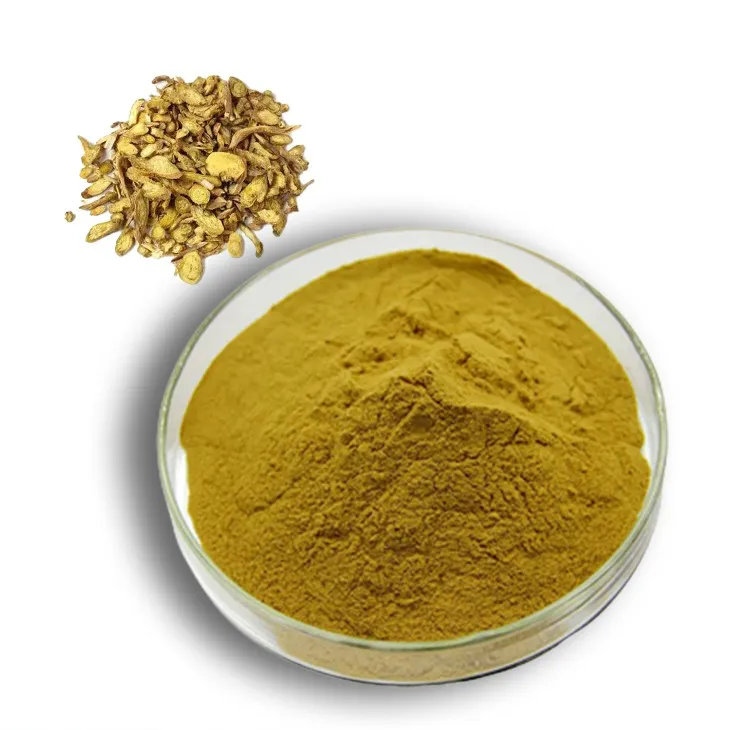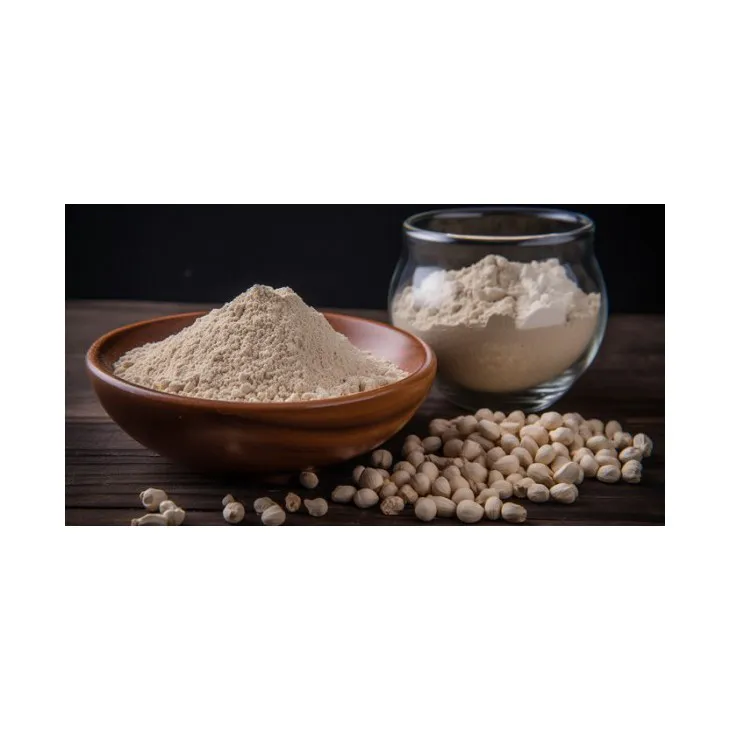- 0086-571-85302990
- sales@greenskybio.com
4 Things Consumers and Manufacturers Should Know about Green Tea Extract.
2024-12-10
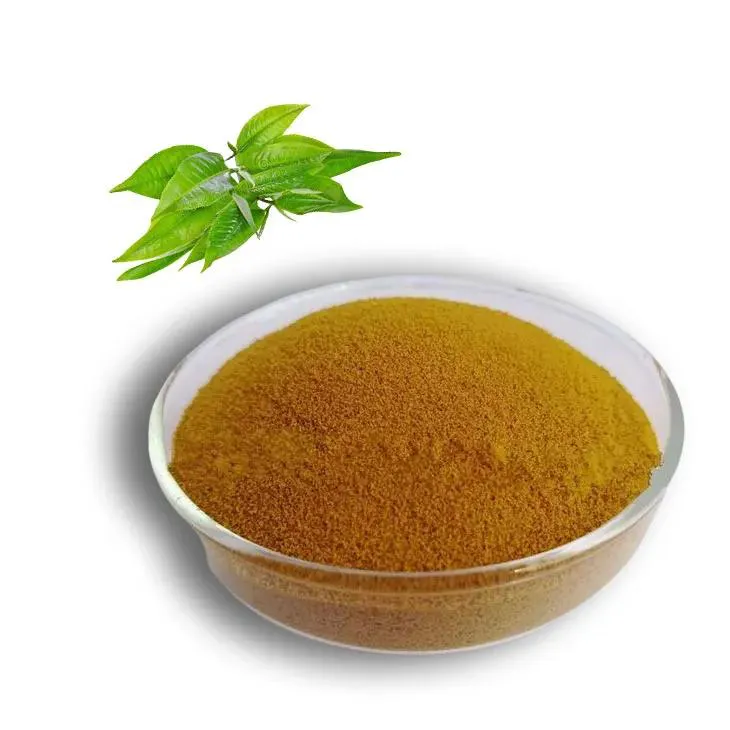
1. The Health Benefits of Green Tea Extract
Green Tea Extract has been associated with numerous health benefits, which is one of the main reasons for its popularity among consumers.
Antioxidant Properties
Green Tea Extract is rich in polyphenols, particularly catechins such as epigallocatechin - 3 - gallate (EGCG). These are powerful antioxidants that can help combat oxidative stress in the body. Oxidative stress occurs when there is an imbalance between the production of free radicals and the body's ability to neutralize them with antioxidants. Free radicals can damage cells and DNA, leading to various health problems, including chronic diseases like heart disease, cancer, and neurodegenerative disorders. By consuming green tea extract, consumers can increase their antioxidant intake and potentially reduce the risk of these diseases.
Weight Management
Some studies suggest that green tea extract may play a role in weight management. It has been proposed that compounds in green tea extract can boost metabolism. Specifically, EGCG may increase thermogenesis, which is the process by which the body generates heat and burns calories. Additionally, it may also help in suppressing appetite. For manufacturers, this is an important aspect to consider as it can be a major selling point for products containing green tea extract targeted at those interested in weight loss or maintaining a healthy weight.
Heart Health
Green tea extract may contribute to heart health in several ways. The antioxidants in it can help reduce inflammation in the blood vessels, which is a risk factor for heart disease. It may also improve lipid profiles by reducing LDL (low - density lipoprotein) cholesterol levels, also known as "bad" cholesterol, and increasing HDL (high - density lipoprotein) cholesterol levels, or "good" cholesterol. For consumers, understanding these potential benefits can encourage them to include green tea extract in their diet, while manufacturers can use this information to promote heart - healthy products.
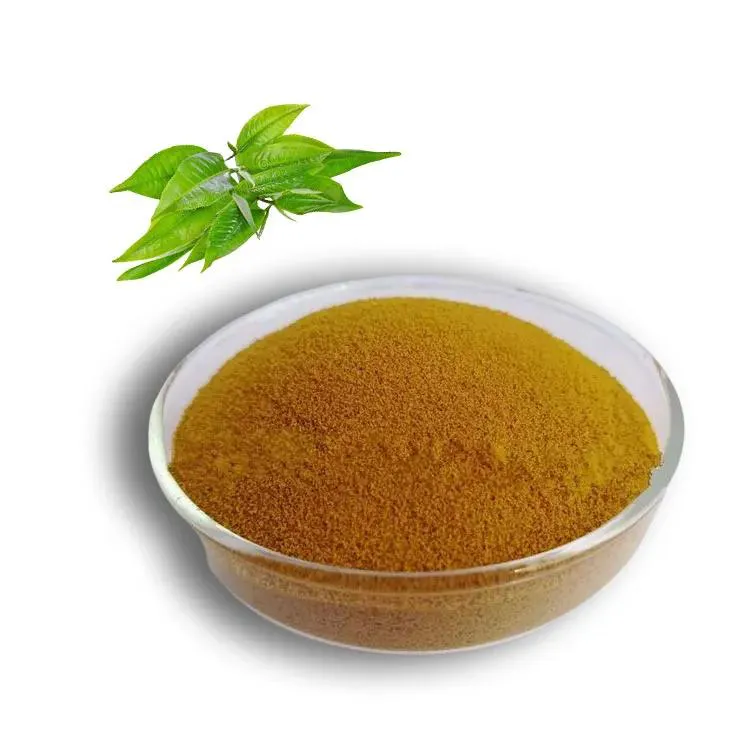
2. Quality and Purity Considerations
Both consumers and manufacturers need to be aware of the quality and purity aspects of green tea extract.
Source of Green Tea
The quality of green tea extract starts with the source of the green tea leaves. High - quality green tea is typically sourced from regions known for their tea production, such as China, Japan, and India. Different regions may produce green tea with slightly different characteristics in terms of flavor, aroma, and the concentration of beneficial compounds. Manufacturers should ensure that they source their green tea from reliable suppliers who can provide information about the origin and quality of the tea leaves. Consumers can also look for products that specify the source of the green tea extract as an indication of quality.
Extraction Methods
The method used to extract the beneficial compounds from green tea leaves can significantly impact the quality of the extract. There are several extraction methods available, including solvent extraction, supercritical fluid extraction, and water extraction. Solvent extraction may use chemicals such as ethanol, and if not properly removed, these solvents can leave residues in the extract, which may be a concern for consumers. Supercritical fluid extraction, often using carbon dioxide, is considered a cleaner method as it can produce a purer extract without leaving harmful residues. Water extraction is a more traditional method and is generally considered safe, but it may not be as efficient in extracting all the beneficial compounds. Manufacturers need to choose the appropriate extraction method to ensure high - quality and pure green tea extract, and consumers should be aware of the extraction method used in the products they purchase.
Contaminants
Green tea extract may be contaminated with pesticides, heavy metals, or other substances. This is especially a concern for consumers. Pesticide residues can be present in green tea leaves if they are not grown using organic farming methods. Heavy metals such as lead, mercury, and cadmium can also contaminate the tea leaves depending on the soil and environmental conditions where the tea is grown. Manufacturers should conduct rigorous testing to ensure that their green tea extract is free from contaminants. Consumers can look for products that are certified organic or have been tested for contaminants to ensure the safety and quality of the green tea extract they are consuming.
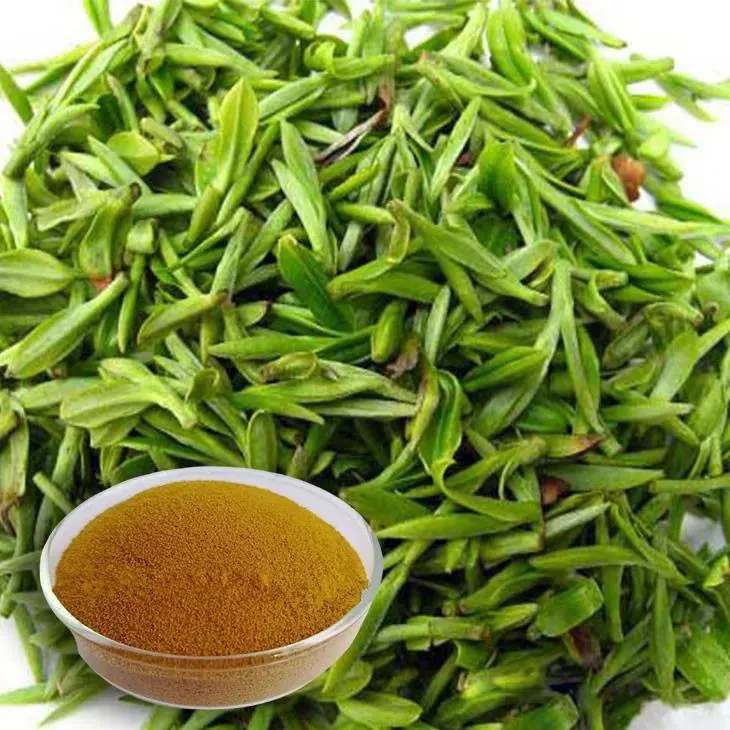
3. Dosage and Safety
Proper dosage and safety are crucial aspects when it comes to green tea extract.
Recommended Dosage
The appropriate dosage of green tea extract can vary depending on the intended use. For general health benefits, a typical daily dosage may range from 200 - 500 mg. However, for more specific purposes such as weight loss or antioxidant support, different dosages may be recommended. It is important for consumers to follow the dosage instructions on the product label. Manufacturers, on the other hand, need to clearly state the recommended dosage on their product packaging to ensure that consumers use the product safely and effectively.
Potential Side Effects
While green tea extract is generally considered safe for most people, it can have some potential side effects. One of the most common side effects is gastrointestinal discomfort, which may include symptoms such as nausea, vomiting, and diarrhea. This is more likely to occur at higher dosages. Additionally, green tea extract may interact with certain medications. For example, it can interfere with the absorption of some drugs, such as blood thinners. Consumers who are taking medications should consult their healthcare provider before starting to take green tea extract. Manufacturers should also include warnings about potential drug interactions on their product labels.
Special Populations
There are certain special populations that need to be particularly cautious when using green tea extract. Pregnant and breastfeeding women should limit their intake of green tea extract as the safety for these groups has not been fully established. High levels of caffeine in green tea extract can also be a concern for children and adolescents, as it may affect their nervous system development. Manufacturers should clearly state on their labels whether the product is suitable for these special populations, and consumers in these groups should seek medical advice before using green tea extract.
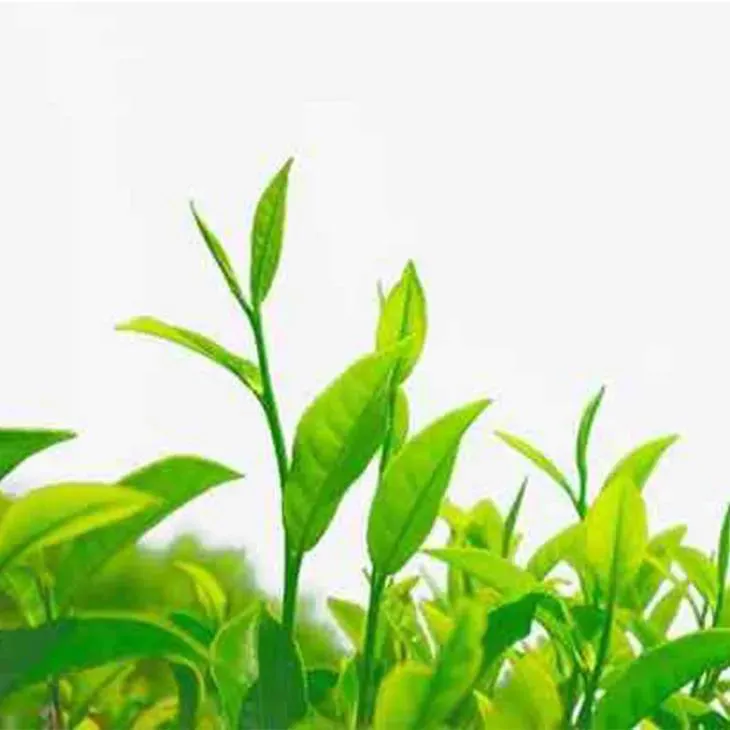
4. Product Formulations and Applications
Green tea extract can be found in a variety of product formulations, and both consumers and manufacturers need to understand these different applications.
Supplement Formulations
Green tea extract is commonly available as a dietary supplement. These supplements can come in different forms, such as capsules, tablets, and powders. The advantage of supplement formulations is that they provide a convenient way for consumers to get a concentrated dose of green tea extract. However, consumers should be aware that the quality and purity of these supplements can vary widely. Manufacturers need to ensure that their supplement formulations are accurately labeled with the amount of green tea extract and other relevant information, such as the source and extraction method.
Food and Beverage Applications
Green tea extract is also used in the food and beverage industry. It can be added to a wide range of products, including green tea - flavored drinks, energy drinks, and even some baked goods. In food and beverage applications, green tea extract can not only provide flavor but also potentially offer health benefits. For example, a green tea - flavored drink can be marketed as a healthier alternative to sugary sodas. However, manufacturers need to ensure that the addition of green tea extract does not affect the taste, texture, or shelf - life of the product. Consumers should be aware of the amount of green tea extract in these products and how it may contribute to their overall diet.
Cosmetic Applications
Green tea extract has found its way into the cosmetic industry as well. It is often used in skincare products due to its antioxidant properties. In cosmetics, green tea extract can help protect the skin from damage caused by free radicals, which can lead to premature aging. It may also have anti - inflammatory properties that can be beneficial for treating skin conditions such as acne and eczema. For consumers, understanding the presence of green tea extract in cosmetic products can be an added incentive to choose these products. Manufacturers need to ensure that the green tea extract is properly formulated in the cosmetic product to maintain its stability and effectiveness.
FAQ:
Q1: What are the main health benefits of green tea extract for consumers?
Green tea extract is rich in antioxidants, such as catechins. These antioxidants can help fight free radicals in the body, which may reduce the risk of chronic diseases like heart disease and certain cancers. It may also have potential benefits for weight management as it could boost metabolism to some extent.
Q2: How can manufacturers ensure the quality of green tea extract?
Manufacturers can start with sourcing high - quality green tea leaves. They should use proper extraction methods to preserve the active compounds. Quality control measures like testing for purity, potency, and absence of contaminants are crucial. Also, following good manufacturing practices (GMP) throughout the production process helps ensure a high - quality product.
Q3: Are there any side effects of green tea extract that consumers should be aware of?
Yes, there can be side effects. High doses of green tea extract may cause liver problems in some people. It can also lead to digestive issues such as nausea, vomiting, or stomach upset. Additionally, it contains caffeine, so excessive consumption may result in symptoms like jitteriness, insomnia, and increased heart rate.
Q4: What are the different forms of green tea extract available in the market for consumers?
There are various forms. Capsules are a common form, which are convenient for consumers to take. Green tea extract can also be found in powder form, which can be added to drinks or used in cooking. Some skincare products also contain green tea extract for its antioxidant properties.
Q5: How should consumers store green tea extract products?
Consumers should follow the storage instructions on the product label. Generally, it should be stored in a cool, dry place away from direct sunlight. If it is in a capsule or powder form, it should be kept in an airtight container to prevent moisture and air from degrading the product.
Related literature
- The Health Benefits of Green Tea Extract: A Comprehensive Review"
- "Green Tea Extract in Food and Pharmaceutical Industries: Production and Quality Assurance"
- "Safety Considerations of Green Tea Extract Consumption"
- ▶ Hesperidin
- ▶ citrus bioflavonoids
- ▶ plant extract
- ▶ lycopene
- ▶ Diosmin
- ▶ Grape seed extract
- ▶ Sea buckthorn Juice Powder
- ▶ Beetroot powder
- ▶ Hops Extract
- ▶ Artichoke Extract
- ▶ Reishi mushroom extract
- ▶ Astaxanthin
- ▶ Green Tea Extract
- ▶ Curcumin Extract
- ▶ Horse Chestnut Extract
- ▶ Other Problems
- ▶ Boswellia Serrata Extract
- ▶ Resveratrol Extract
- ▶ Marigold Extract
- ▶ Grape Leaf Extract
- ▶ blog3
- ▶ Aminolevulinic acid
- ▶ Cranberry Extract
- ▶ Red Yeast Rice
- ▶ Red Wine Extract
-
Tongkat Ali Extract Powder
2024-12-10
-
Senna Leaf Extract
2024-12-10
-
Citrus bioflavonoids
2024-12-10
-
Hesperidin
2024-12-10
-
Tongkat Ali Extract
2024-12-10
-
Saw Palmetto Extract
2024-12-10
-
Kelp Extract Powder
2024-12-10
-
Oat Straw Extract Powder
2024-12-10
-
Baicalin
2024-12-10
-
Coix Seed Extract
2024-12-10











